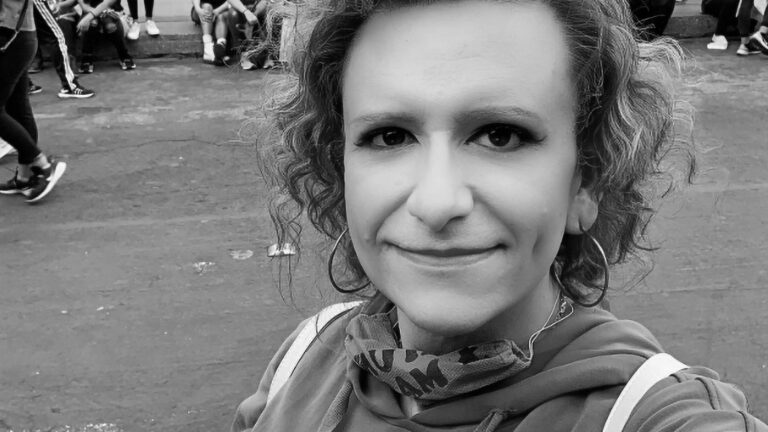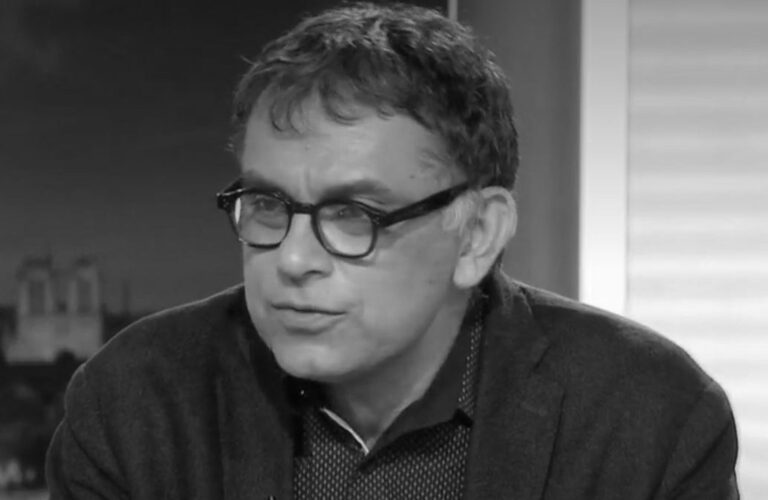Mexican scientists have discovered 17 burial sites containing the remains of citizens who died during a pandemic in the 19th century.
One leading scientist said: “It is striking that this discovery happened while we are going through a health crisis again.”
The remains were found near the entrance to the San Fernando Pantheon in Mexico City, one of the Mexican capital’s oldest cemeteries, under a pavement at a depth of between 27 and 80 centimetres.
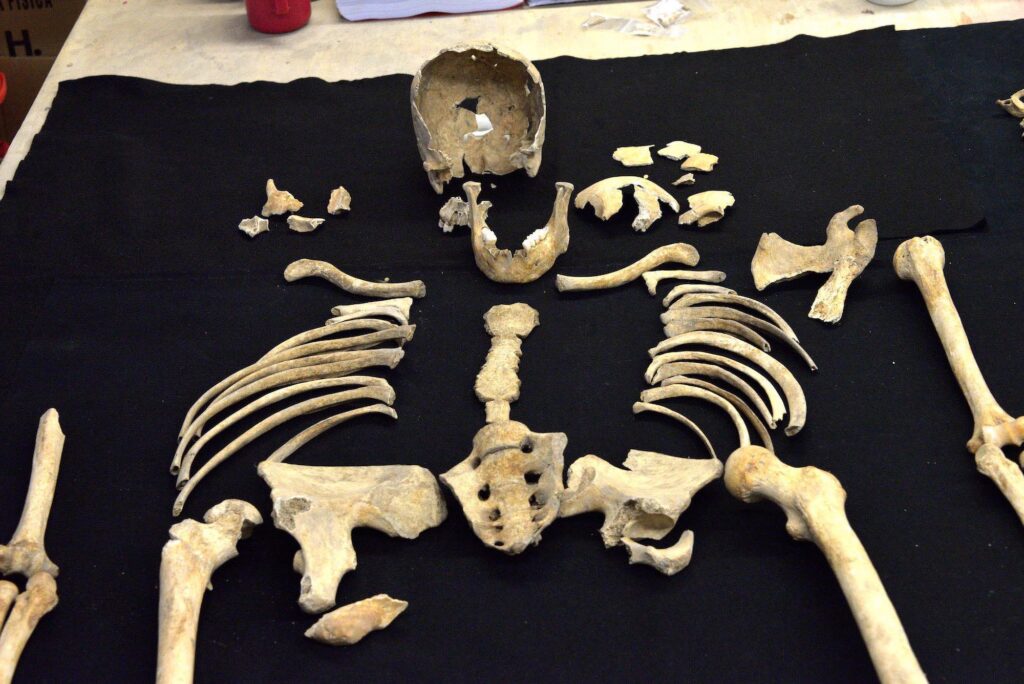
(Meliton Tapia, INAH/Newsflash)
The National Institute of Anthropology and History (INAH) said in a statement obtained by Newsflash that experts found “17 burial sites dating from the 19th century on the periphery of the historic cemetery”, adding that it is “the first time they have recorded a discovery of this type in that place”.
Anthropologist Eduardo Garcia Flores and Nancy Dominguez Rosas, excavation coordinator, said the skeletal remains were discovered while cabling work was taking place on the street outside the cemetery and that the deceased were probably killed during a pandemic at the time.
They said the cemetery was built in 1832 and was intended to have 600 gravesites for high-standing members of society.
However, different epidemics during the 19th century, starting with a cholera outbreak, meant the cemetery had to be available for full public use.
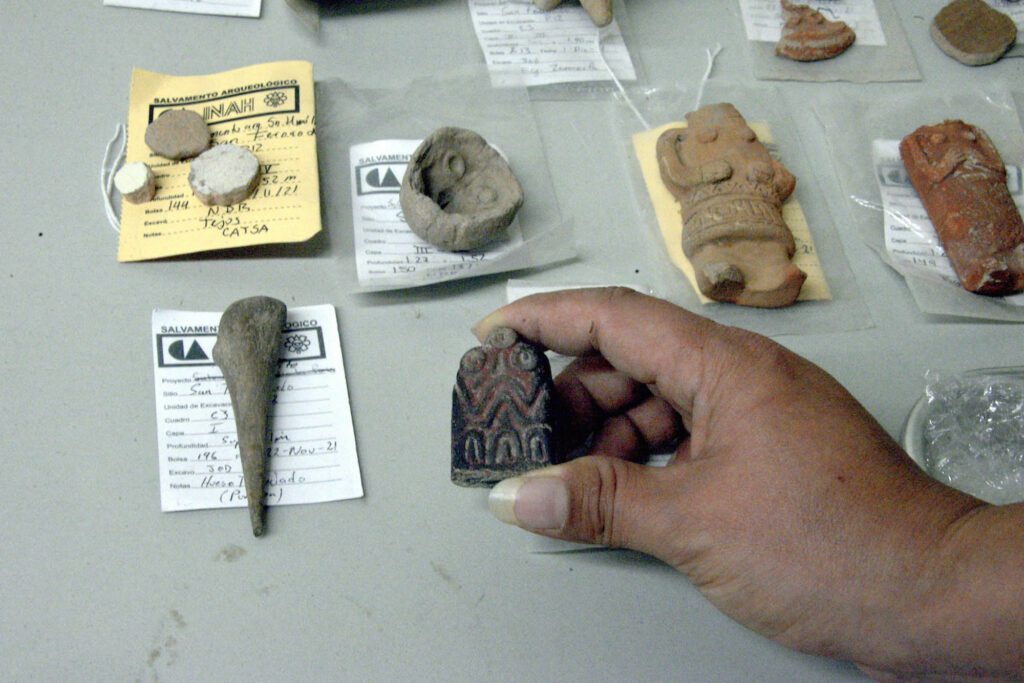
They have verified the constant occupation of what is now the Guerrero colony, since the late Postclassic (1250-1521) when it was the seat of Mexican families.
(Meliton Tapia, INAH/Newsflash)
They have verified the constant occupation of what is now the Guerrero colony, since the late Postclassic (1250-1521) when it was the seat of Mexican families.
(Meliton Tapia, INAH/Newsflash)
Therefore, specialists do not rule out that some of the skeletal remains correspond to victims of those epidemic events, especially considering a cholera outbreak between August and October 1833 killed almost five percent of the capital’s population in the first months and claimed many more lives in the subsequent years.
Garcia Flores said: “It is striking that this discovery happened while we are going through a health crisis again, showing us how the society of its time faced health emergencies by modifying its socioeconomic, cultural and religious structures, which is reflected in burial patterns.”
Researchers assembled the most complete skeleton at the site and concluded that it belonged to a young man aged around 25 years who was about 1.8 metres (5’9”) tall.

The coordinator of the excavations, Nancy Dominguez Rosas and the physical anthropologist Eduardo Garcia Flores, professionals from the Directorate of Archaeological Salvage.
(Meliton Tapia, INAH/Newsflash)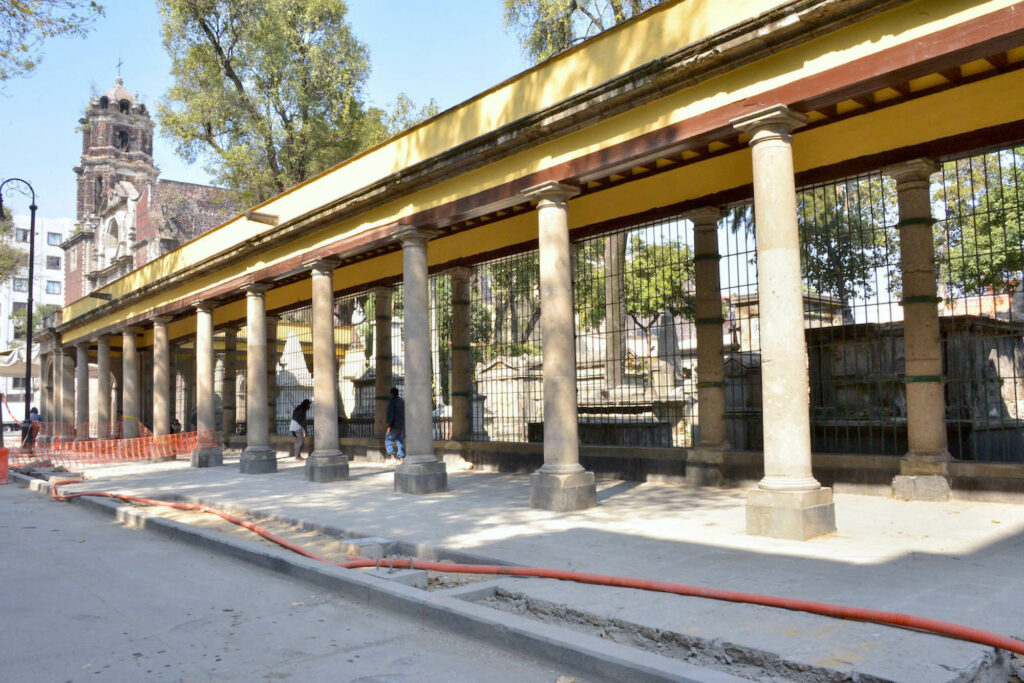
They recover for the first time burials of the historic San Fernando Pantheon.
(Meliton Tapia, INAH/Newsflash)
Ten of the 17 sites have been analysed and the presence of lime and charcoal were detected on some of the skeletons.
Experts established that 15 individuals were in the 10 sites, mostly middle-aged and older adults, and both women and men.
Excavation work will continue until the end of January 2022. Research has already found evidence that what is now the Mexico City neighbourhood of Guerrero was constantly occupied during the late Postclassic period (1250-1521), when it was the seat of Aztec families who lived in a muddy area on the outskirts of Tenochtitlan.
The research is ongoing.

Individual 1- Burial 8-9.
(Meliton Tapia, INAH/Newsflash)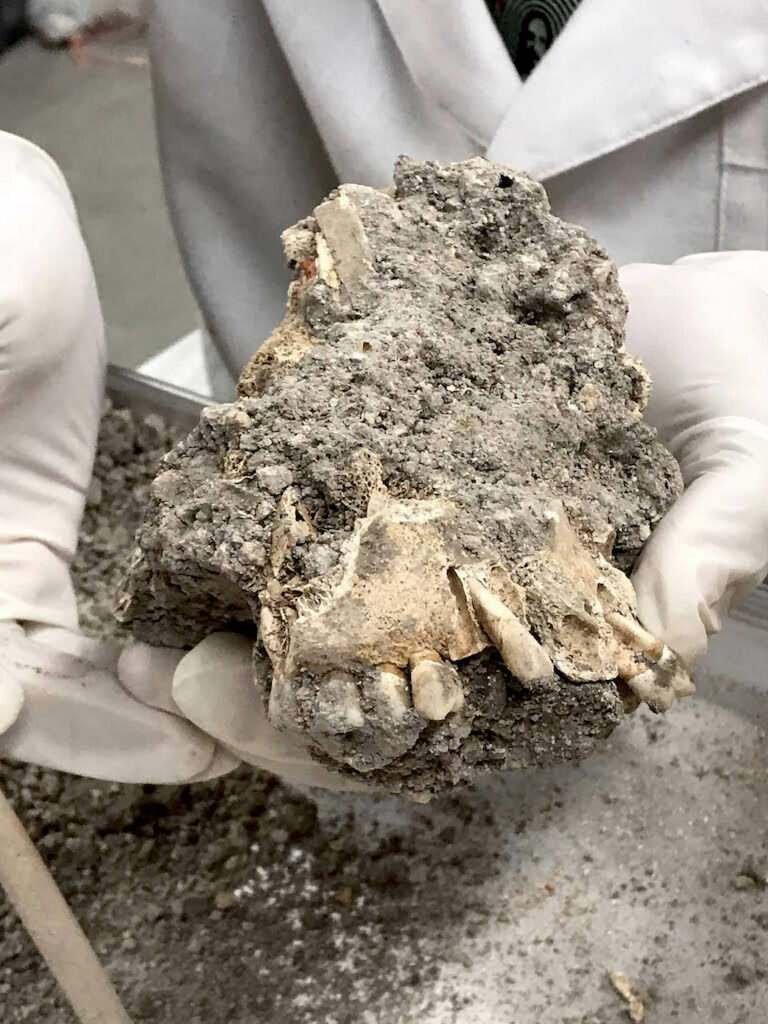
Ten burials have been analyzed and the presence of 15 individuals identified, mostly middle and elderly adults, both men and women.
(Nancy Dominguez, DSA/Newsflash)
To find out more about the author, editor or agency that supplied this story – please click below.
Story By: Lee Bullen, Sub-Editor: Joseph Golder, Agency: Newsflash
The Ananova page is created by and dedicated to professional, independent freelance journalists. It is a place for us to showcase our work. When our news is sold to our media partners, we will include the link here.


